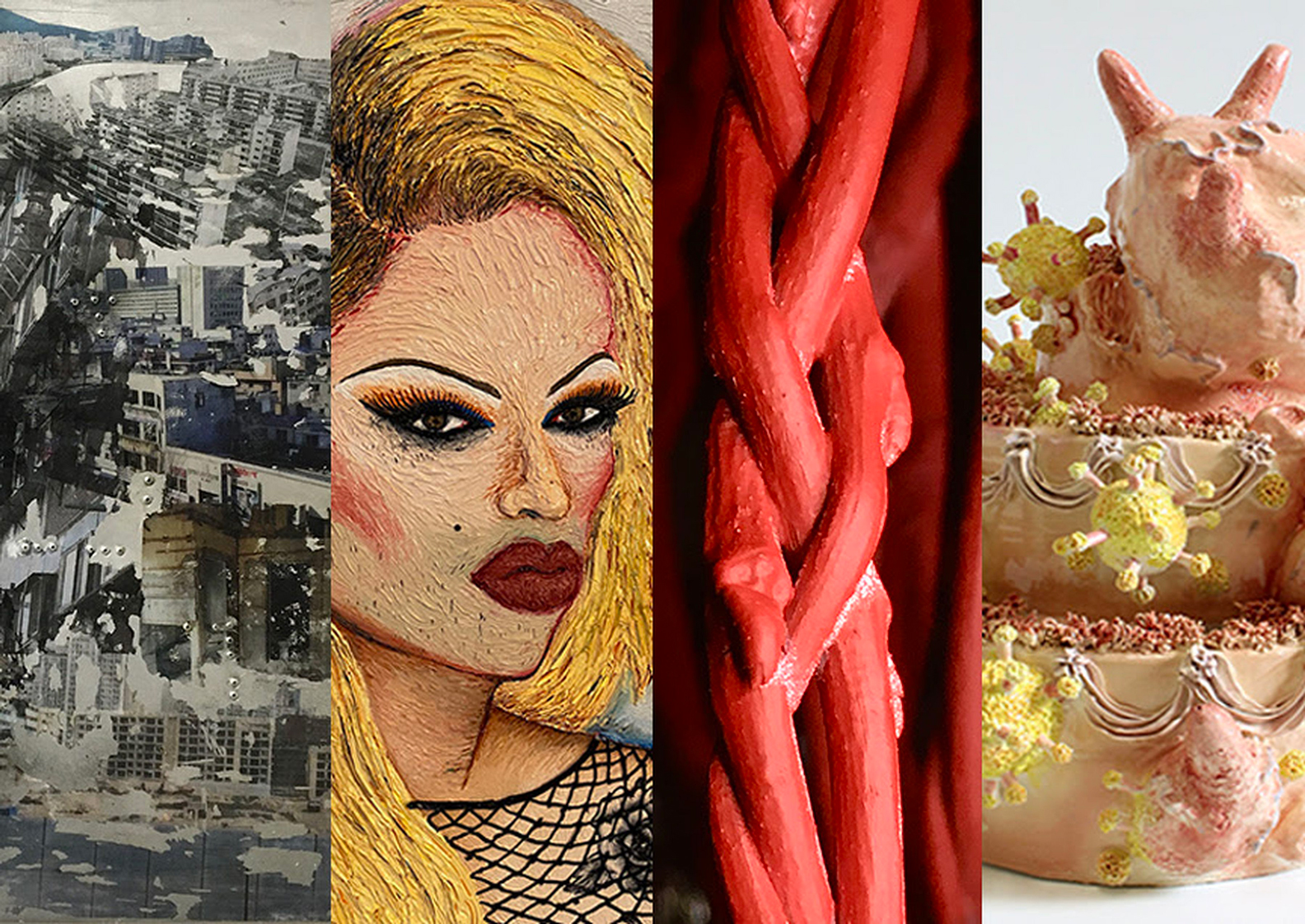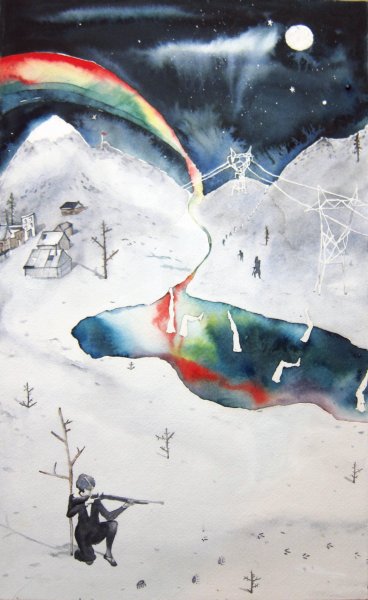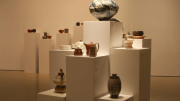What happens when you give a reference librarian an iPhone and tell her to do something exciting? If you’re Liv Valmestad, a librarian in the University of Manitoba’s architecture and fine arts library, you start the ambitions project of linking the U of M’s vast outdoor art collection with the Internet via QR codes.
For those of you who don’t read the Science section of this paper religiously (for shame), a QR code looks like a small white box with a pattern of black cubes inside. And while it might look like gibberish to you and me, a properly equipped smartphone can read the code and take you to a website.
In the case of Valmestad’s project, the QR codes, placed on glass blocks on or around the art, take the person who scanned it to a blog containing information about the piece and links to more detailed information from sources such as the U of M libraries and the National Gallery of Canada.
Valmestad’s interest in documenting the public art on campus isn’t new by any means: “I actually wanted to document a lot of the artwork on campus 12 years ago, but it is such a huge project, and I was applying for grants and wasn’t successful.”
“Then I got the iPhone, and I thought I would go around and inventory the outdoor art and at least make a Google Earth map walking tour of the campus.”
Valmestad says she was given the iPhone “as part of a pilot project, with the goal of being one step ahead of the students, to see what [reference librarians] could do with mobile technology.”
Accompanied by Larry Laliberte, a geographical information systems expert, Valmestad began by photographing the outdoor artwork on campus and documenting the GPS coordinates of each piece. Eventually the project’s complexity grew, and before she knew it, Valmestad had a Flickr.com account, a blog and was creating permanent links to the U of M libraries.
It wasn’t all smooth sailing, however.
Early on, the question of whether what Valmestad was doing — photographing an art collection and posting the images on the Internet — violated copyright agreements came up. Deciding to play it safe, she began contacting the surviving artists for permission and was met with enthusiasm for the project. Some even went as far as to provide vintage pictures of the pieces, showing what they looked like when installed.
This last point is an important one, as the condition of many of the outdoor sculptures on campus can be far from what it was when the pieces were originally installed.
Highlighting what can happen to a piece of outdoor art over the course of 40 years is Don Wallace’s piece, Expo ’67, located in front of the Fletcher Argue building. Originally, the concrete and metal sculpture was black and orange. However, nearly a half-century of weathering has removed much of the paint. And Expo ’67 is not alone.
According to Jenny Western, the U of M’s art collection coordinator, many of the pieces of outdoor art on campus could use some TLC in one form or another.
The problem has been that, according to Western, until her position was created in 2008, there was no single person on campus whose responsibility it was to oversee the care of the university’s art collections.
“Prior to [2008], it was sort of like there was art on campus in different departments but not people in the different departments to make sure the works were being cared for.”
First on Western’s list of artwork that needs refurbishment is a piece by Royden Josephson called Climax, which is located by the river bank across from the school of business.
“It’s a student piece made in 1970. It has faired pretty well over 40 years, but it is definitely in need of attention, and between myself, the artist and physical plant, we are moving forward to that place where we are going to do that.”
Western’s favorite outdoor piece is called Sunbeams (Marching over the hill) and is by Ron Gabe (aka Felix Partz), a member of the General Idea art collective.
“It needs some attention and love, especially because it is historically significant to art on in Canada. I would like to see it returned to its former glory.”
Another part of Western’s mandate has been to create a database of the art on campus, which would include the names, dates and title of the artwork, as well as where they are and any other relevant information.
Is this starting to sound familiar?
“[Valmestad’s] project has ended up being a big help, because she has taken on collecting info about the outside pieces. [ . . . ] So for her to take that upon herself using smartphone technologies is really great.”
According to both Western and Valmestad, we have a lot of great art on campus to be proud of, and thanks to some clever use of technology, it is starting to get the attention it deserves.




